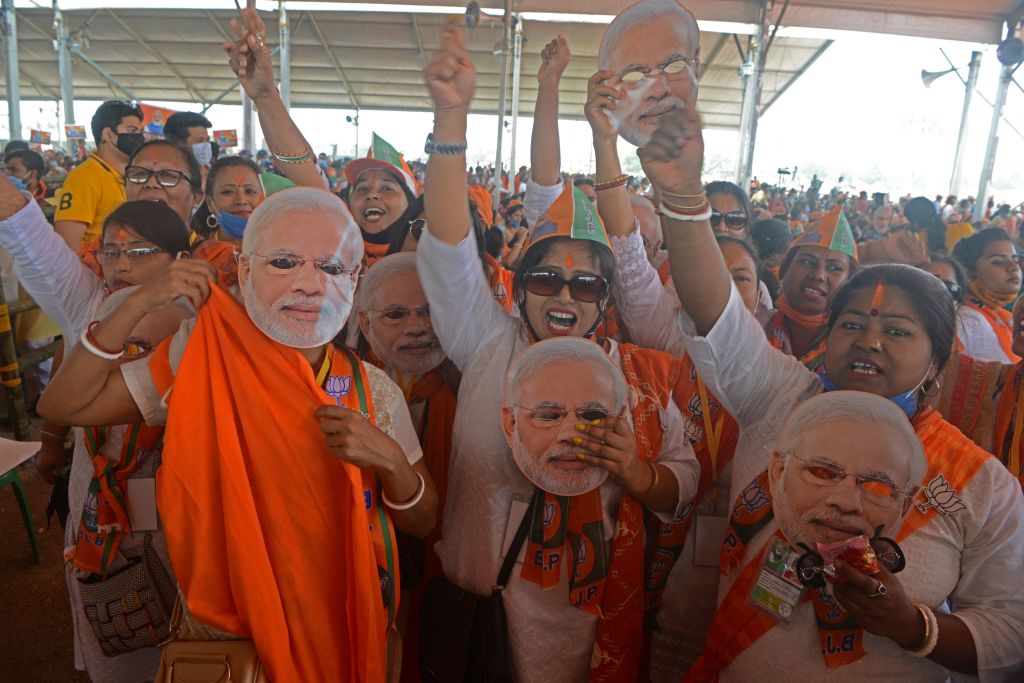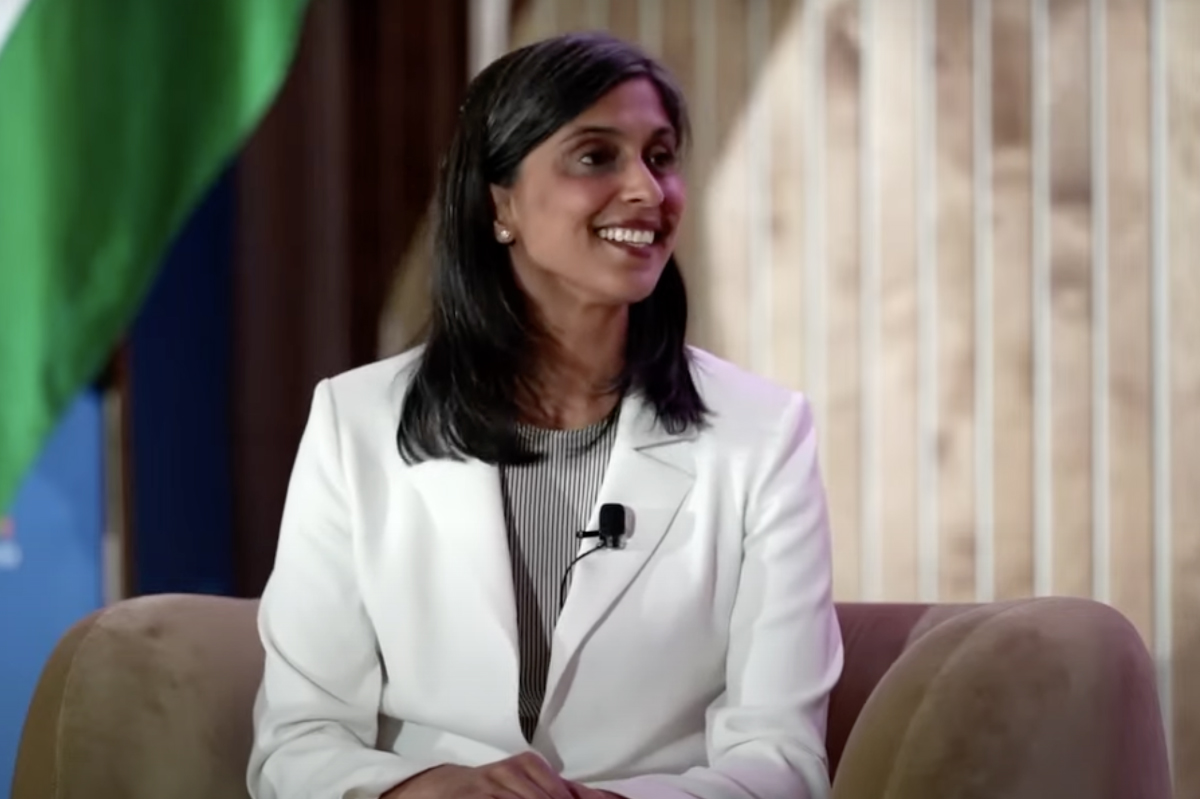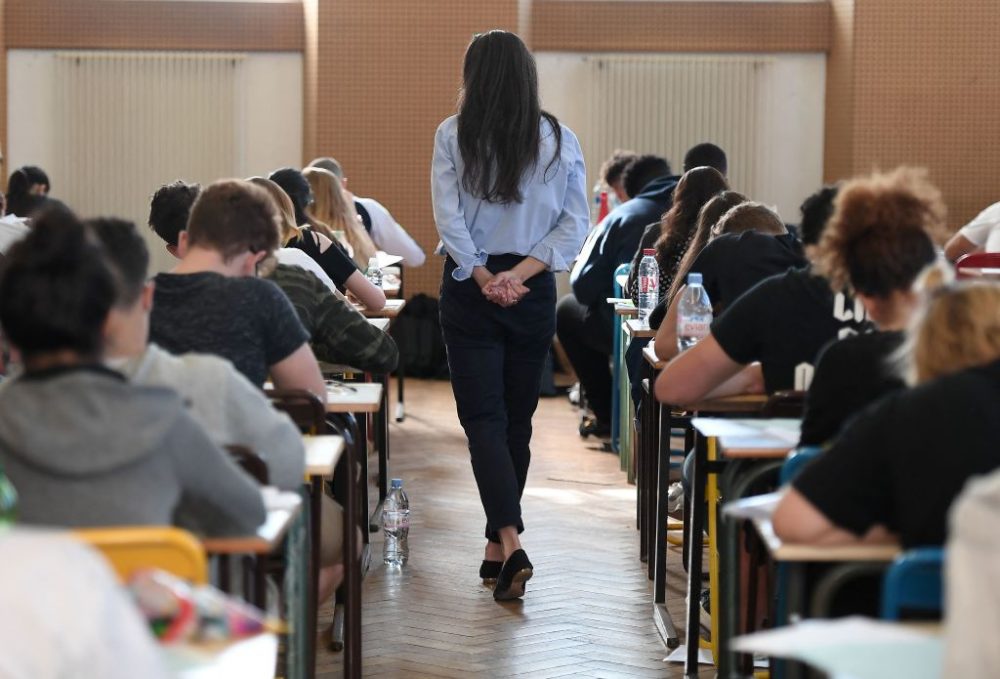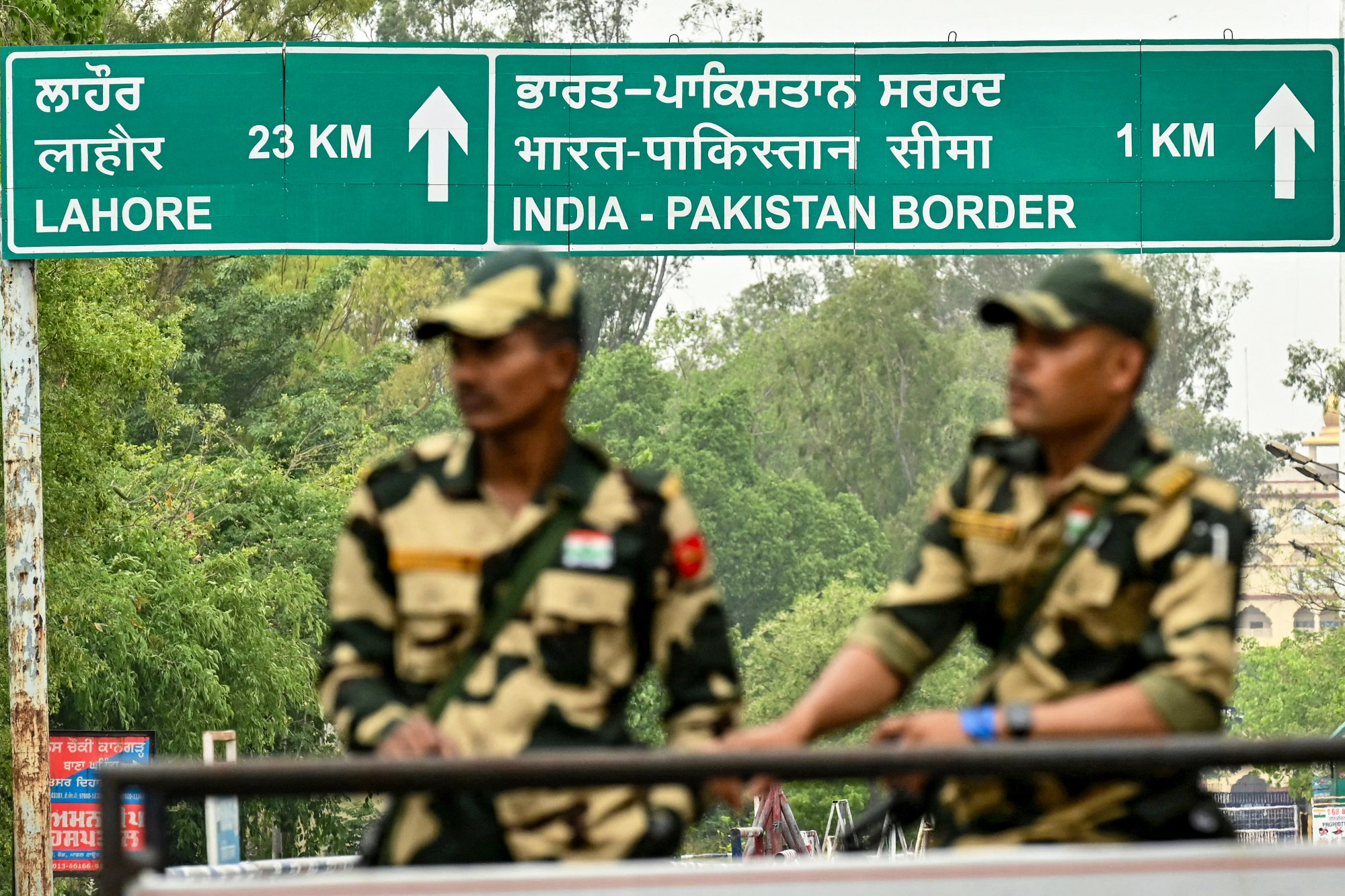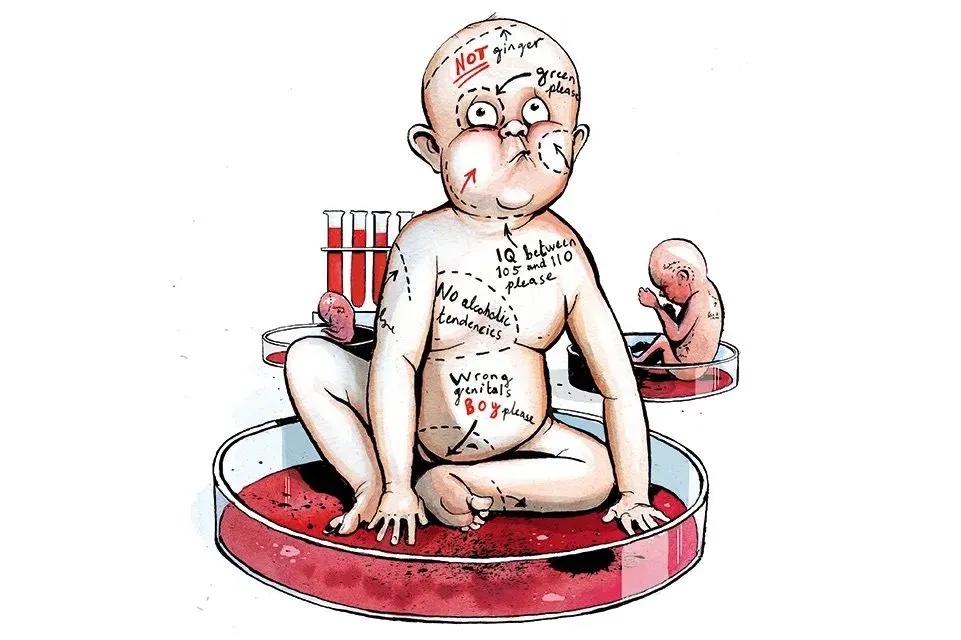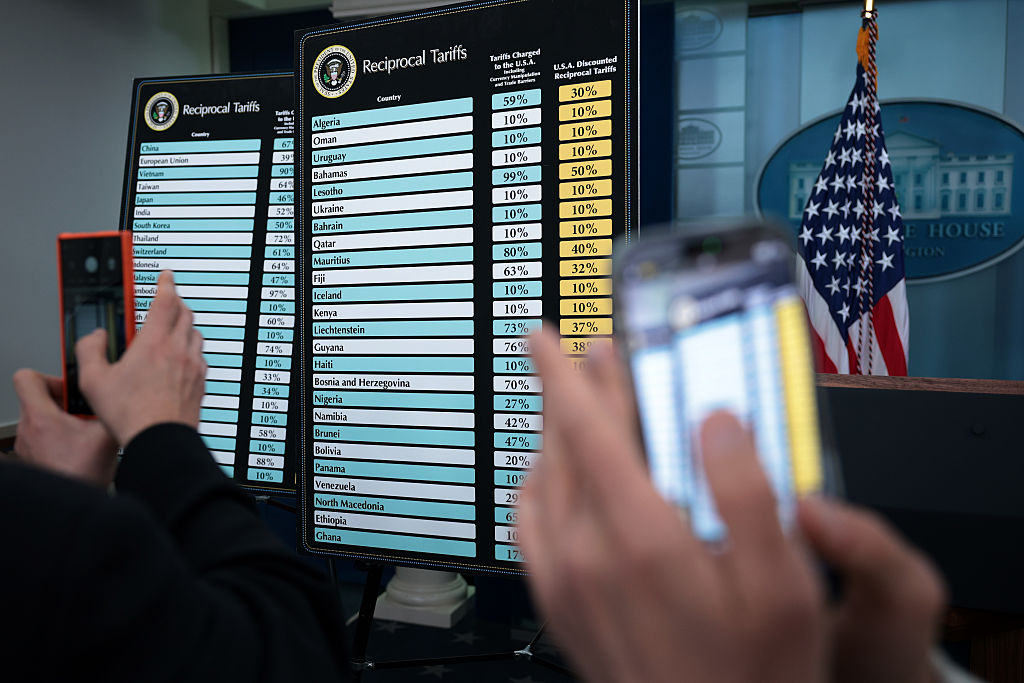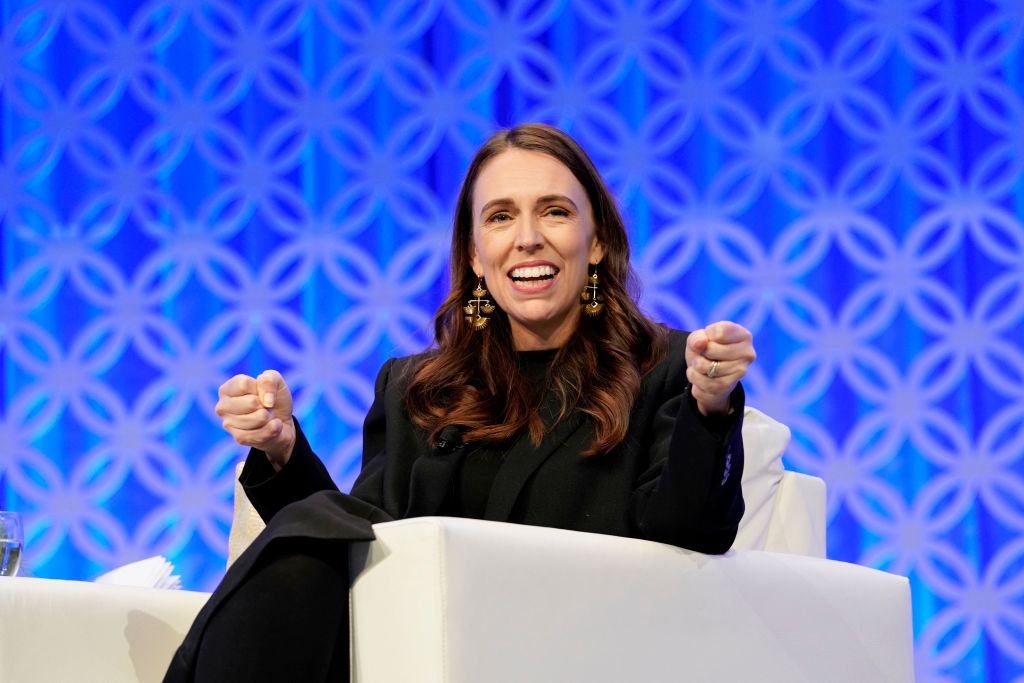India’s COVID crisis is raging out of control. Over the past two months, the country has witnessed a staggering 10-fold increase in infections. On Monday alone, 259,167 cases were reported. And there are fears the true infection rate might be much higher. Yet India’s government is turning a blind eye to certain religious festivals which may be fueling the problem.
In recent days, millions of Hindu devotees have thronged the banks of the river Ganges for a dip in the water to commemorate the Kumbh Mela festival. The second and third Shahi Snan (holy bath) last week coincided with hundreds of Hindu pilgrims testing positive for COVID-19, as India recorded its highest spike since the start of the pandemic. It took the death of a Hindu monk to finally force India’s prime minister into action. Narendra Modi has now urged Hindu devotees to keep the Kumbh Mela ‘symbolic to strengthen COVID-19 fight’. But his words are too little, too late.
The reality is that the Hindu nationalist Bharatiya Janata party (BJP) allowed millions of people to converge for the pilgrimage in spite of the risks.
During the pandemic, Modi has also been only too happy to play politics as normal when it suits him: unfazed by the virus spiraling nationwide, Modi has been orchestrating large election rallies ahead of crunch elections in West Bengal. Addressing a huge gathering in recent days, Modi — who was not wearing a mask — told those gathered: ‘I’ve never seen such huge crowds.’. Is it any surprise that India is now finding itself in the grip of a crisis?
This lack of action stands in stark contrast to the reaction of politicians to last year’s congregation of the Muslim missionary group Tableeghi Jamaat in New Delhi, which became one of India’s first COVID-19 hotspots. Those missionaries who gathered were vilified as ‘terrorists’ by BJP leaders, with some also asking Tableeghi Jamaat members to be gunned down, as allegations of ‘Corona Jihad’ and ‘Tableeghi Virus’ echoed around India.
But in response to criticism over allowing massive gatherings at the Kumbh Mela this year, BJP’s Uttarakhand chief minister Tirath Singh Rawat defended the move, implying that the Ganges is immune to coronavirus. ‘Kumbh is at the bank of the River Ganga. Maa [Mother] Ganga’s blessings are there in the flow. So there should be no corona,’ he said.
Last year, Modi’s government even asked the Indian Council of Medical Research to conduct a study on the water of Ganges being a cure for COVID-19. It fits a pattern in India where people are treated differently based on their religion.
Since the rise of the Modi-led government to power in 2014, India has witnessed a surge in the targeting of Muslims. Turning a blind eye to mass gatherings of Hindus — while cracking down on similar events organized by Muslims — is the latest manifestation of Modi’s lack of consistency, for which all Indians are paying a price.
This article was originally published on The Spectator’s UK website.



